Punching a Parisian-inspired wide central avenue through an old colonial neighborhood, Rio de Janeiro had its own burst of Haussmannian urban renewal when the city created Avenida Rio Branco in 1904 and 1905. If you’re copying 19th century French urban renewal, you're also going to want to ensure aesthetic coherence, and so the facades for the buildings lining the new avenue were chosen through a competition—including this one, the Caixa de Amortização, the institution that managed the Brazilian public debt and a precursor to the Central Bank of Brazil. Completed in 1906, Gabriel Junqueira is credited as the building’s architect, but they slapped a neoclassical facade designed by Heitor de Mello for the facade competition on the exterior.

So, what’s changed? Waves of demolition and new construction transformed much of the Avenida Rio Branco streetscape over the last 120 years (including a name change from Avenida Central in 1912), but the Caixa de Amortização building itself is remarkably unaltered.
- They’ve switched up the iron bars on the ground floor windows and added a single window unit AC on this elevation.
- On the left, the Edifício Rio Paraná, a commercial office building, went up between 1939 and 1945. On the right, Edifício Mayrink Veiga 9, opened in 1977.
- Below the pediment, the lettering now says Banco Central do Brasil rather than Caixa de Amortização—the Central Bank of Brazil assumed the Caixa’s responsibilities in 1967 and took over the building.
Established in 1827, the Caixa de Amortização was the first institution in Brazil dedicated to the management of public debt, in charge of issuance, amortization, redemption, and replacement of public debt bonds and the payment of interest. The Caixa was also responsible for currency in circulation—issuing, exchanging, redeeming, and replacing Brazilian paper money. Notably, while the Caixa managed the public federal debt and currency, the organization was independent of the Brazilian Public Treasury.
A new building for the Caixa de Amortização was really just one small constituent part of Rio’s massive Avenida Central project, which punched through the city’s old colonial grid to create a wide European-style central avenue connecting to Rio’s new port. Baron Haussmann, Robert Moses, Pereira Passos here—politicians’ love for urban renewal transcends borders. A groundbreaking, a dedication, a ribboncutting—any opportunity to stamp their aesthetic preferences on a city. Kicking off O Bota-Abaixo—the "knock-it-down" era—the construction of the Avenida Central in 1904 and 1905 demolished hundreds of homes and displaced thousands to modernize a crowded old colonial district.
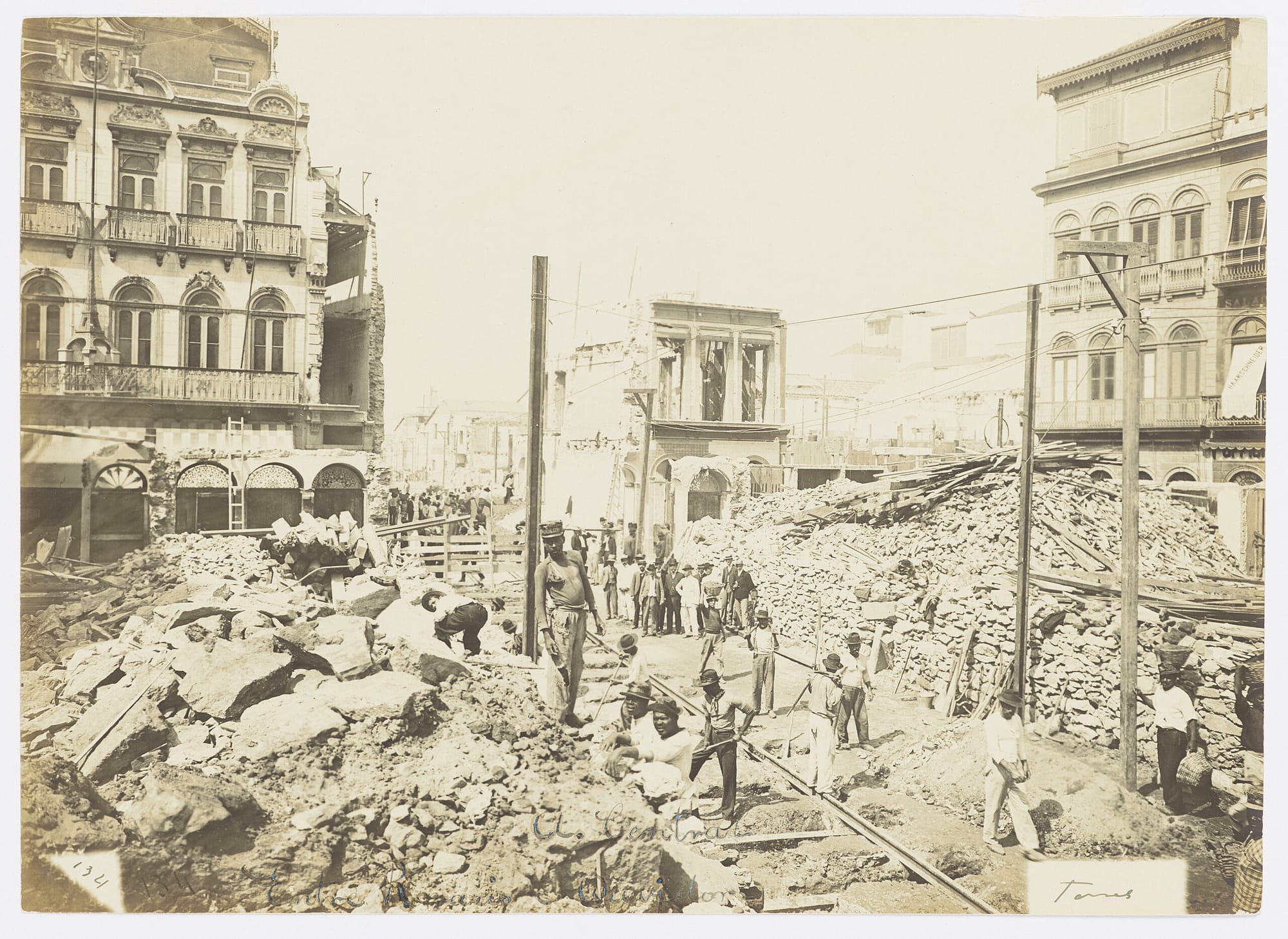
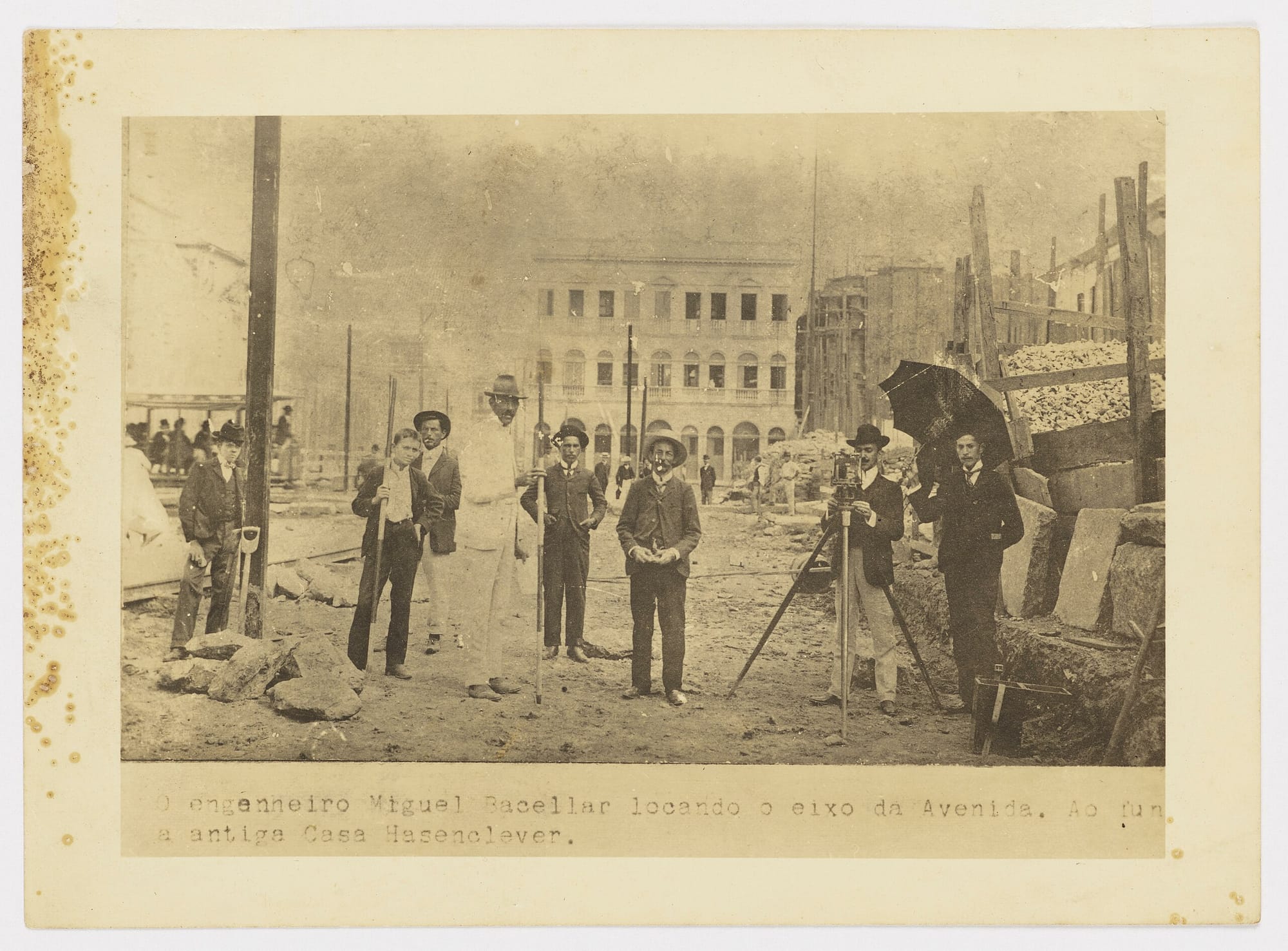
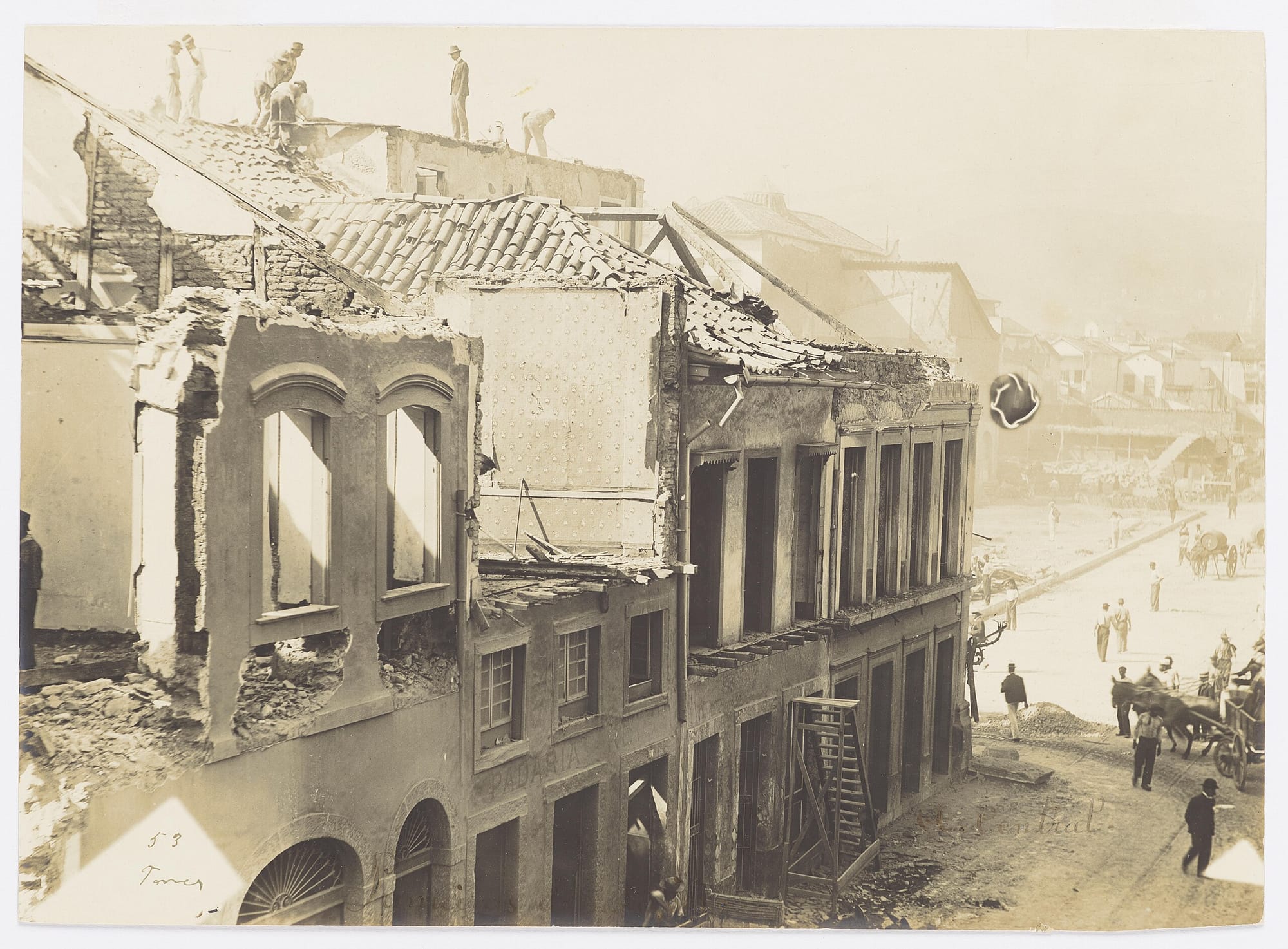
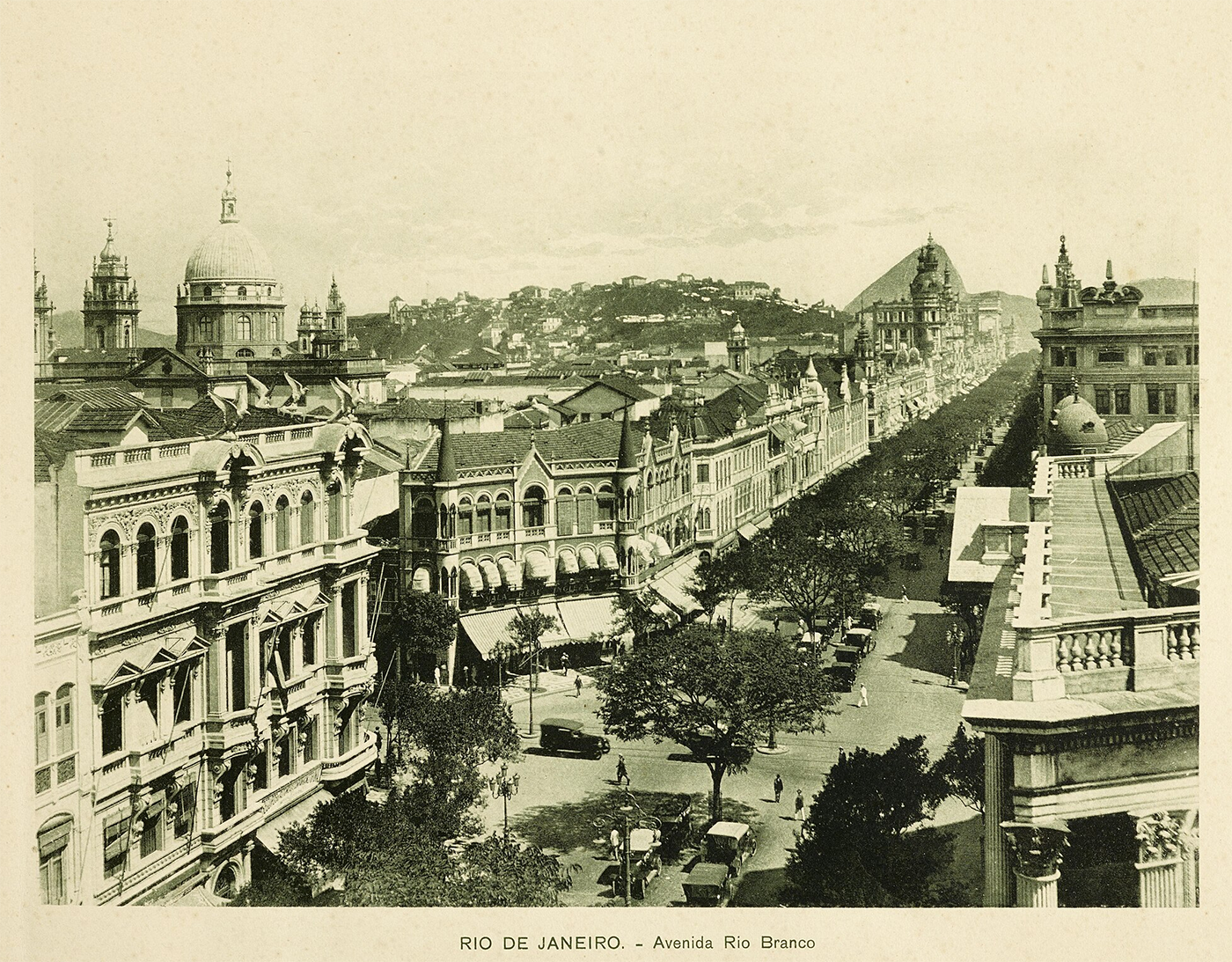
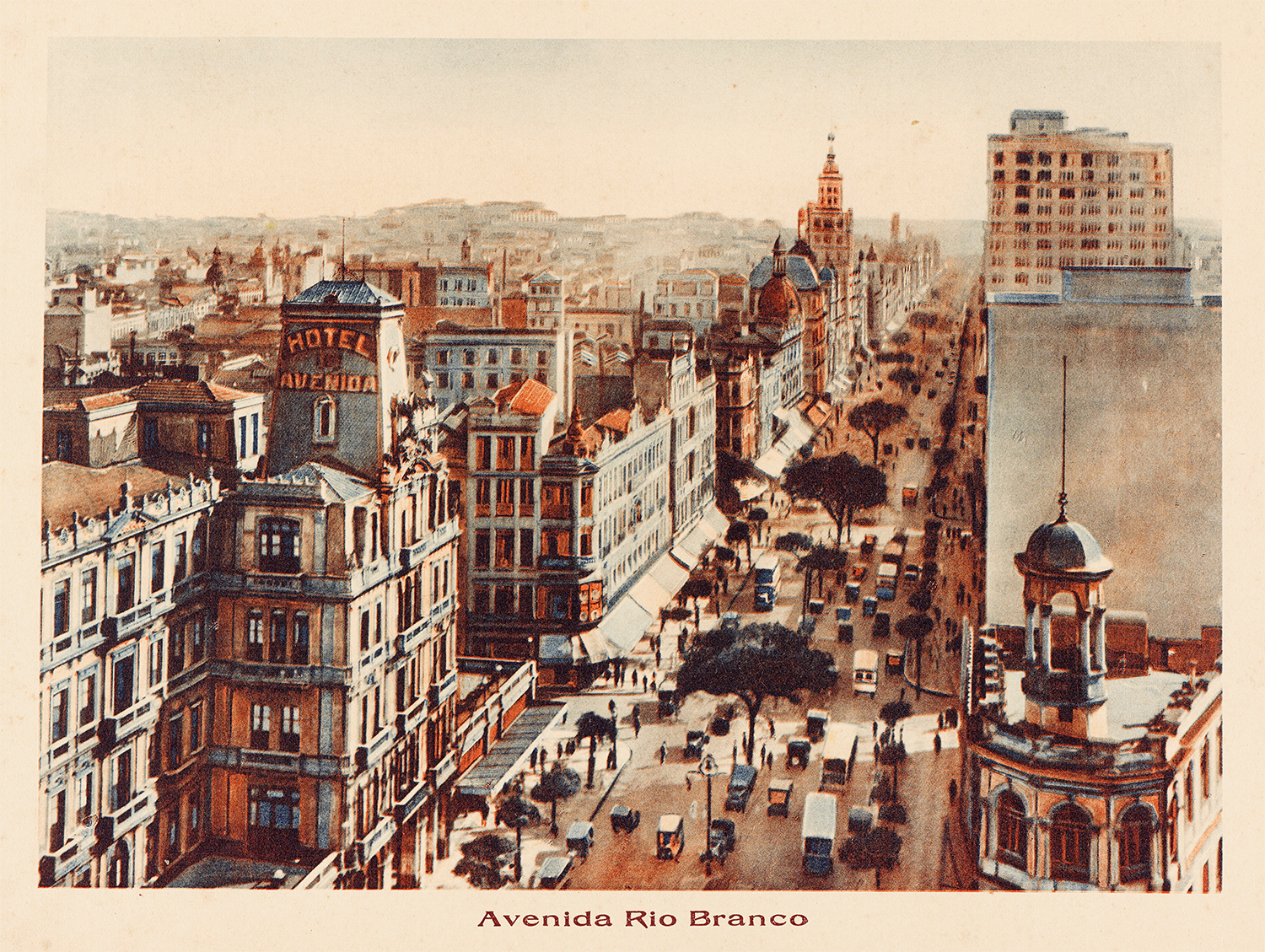
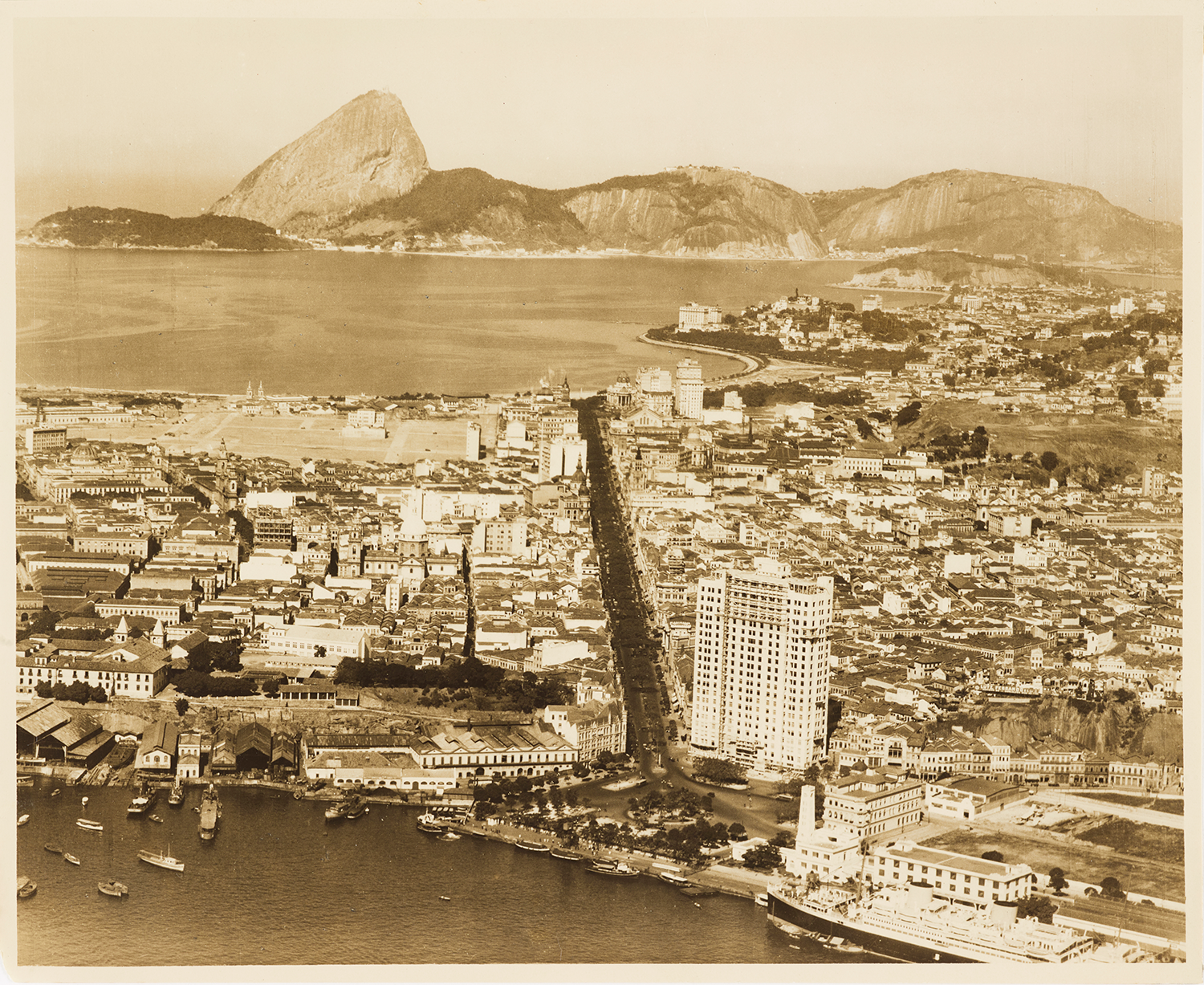
1904, demolition for the Avenida Central, Torres, Instituto Moreira Salles Collection, Wikimedia Commons | 1904, grading for the Avenida Central, Torres, Instituto Moreira Salles Collection, Wikimedia Commons | 1904, demolition for the Avenida Central, Torres, Instituto Moreira Salles Collection, Wikimedia Commons | Avenida Rio Branco, N. Viggiani, Instituto Moreira Salles Collection, Wikimedia Commons | Avenida Rio Branco, Instituto Moreira Salles Collection, Wikimedia Commons | Avenida Rio Branco in 1935, Augusto Malta, Coleção Brascan Cem Anos no Brasil, Instituto Moreira Salles Collection
Large-scale demolition and a wide new street wouldn’t create a Parisian-style avenue on its own—the city government organized a “facade competition” to ensure the new Avenida Central would have a shared aesthetic of monumentality. A jury chaired by Minister of Industry, Transport and Public Works Lauro Müller assessed nearly 100 facade designs for coherence and uniformity for the new streetscape, prioritizing a French eclecticism that borrowed from the Beaux Arts and neoclassicism.
Avenida Central opened in 1905, lined with 30 completed buildings and another 85 still under construction, including the Caixa de Amortização. Of the facade designs submitted, the jury approved 74 for use on buildings on the new street—a weird facadism that lead to situations like Caixa building’s, where Gabriel Junqueira and is credited as the architect and engineer, but with a Heitor de Mello facade (one of the 74 approved in the competition) slapped on the exterior. Heitor de Mello was one of Brazil’s most influential architects in the early 1900s, working in an eclectic historicist style—this neoclassical financial building with 34 Carrara marble columns, loosely inspired by the Louvre Colonnnade, fits right in.
You can trace the building's construction progress in the 1905 Rio de Janeiro customs bulletin—first a few thousand barrels of imported cement, then some steel beams, followed by crates of marble, granite, and bronze ornament, all the way to specialty vault doors. The building opened in 1906, inaugurated by Brazilian President Rodrigues Alves on the final day of his term.


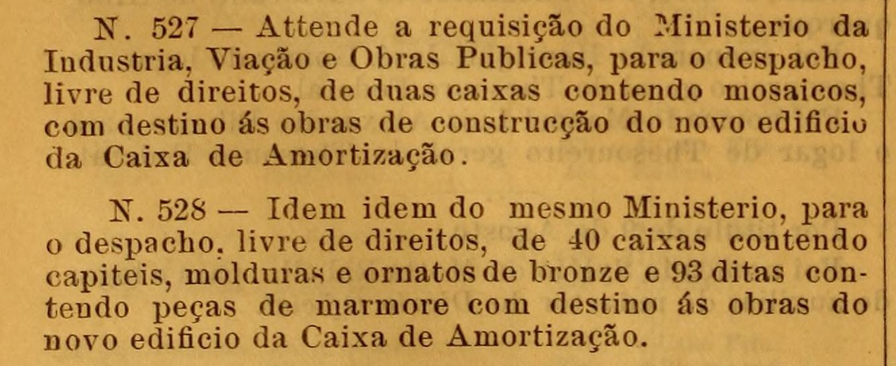
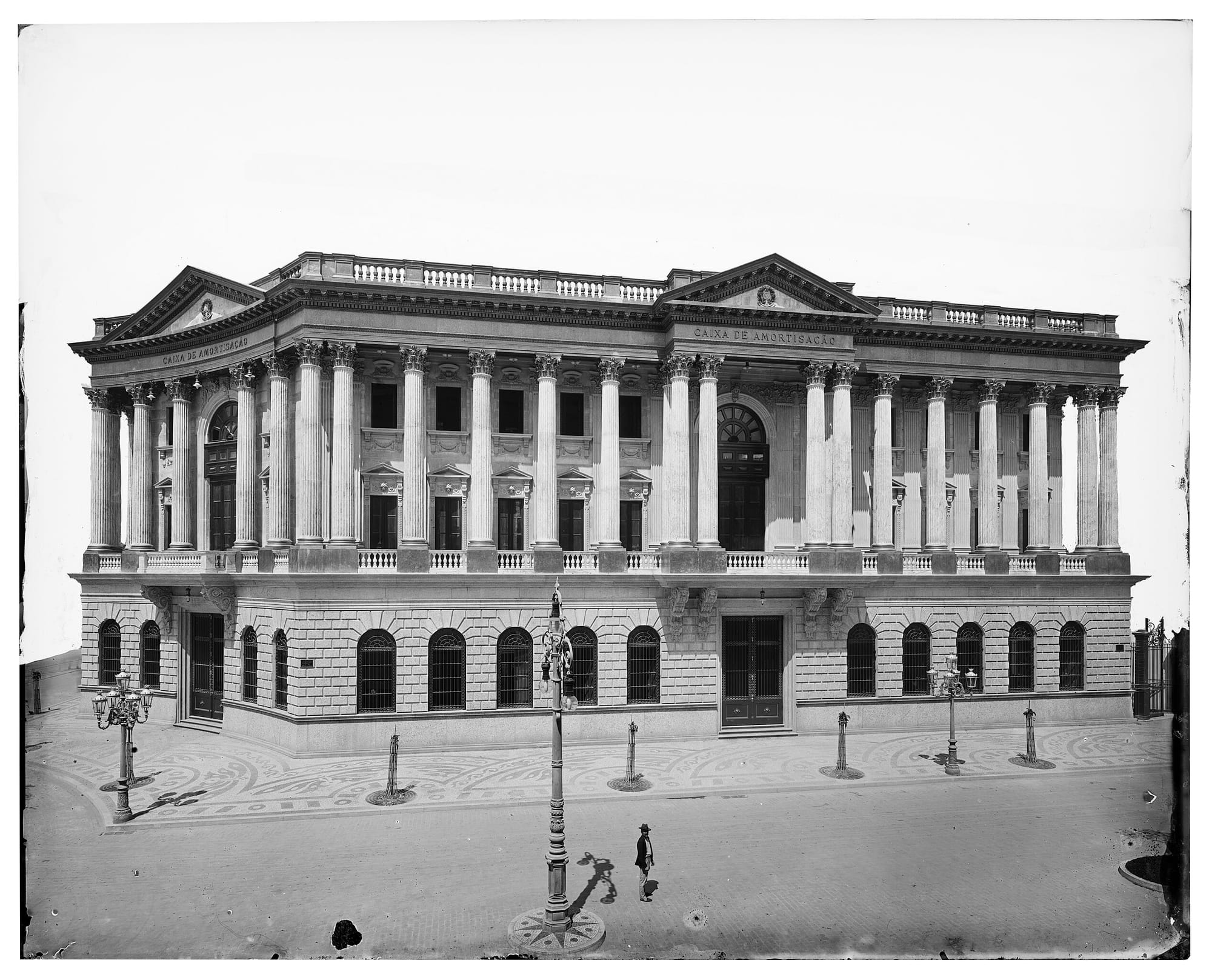
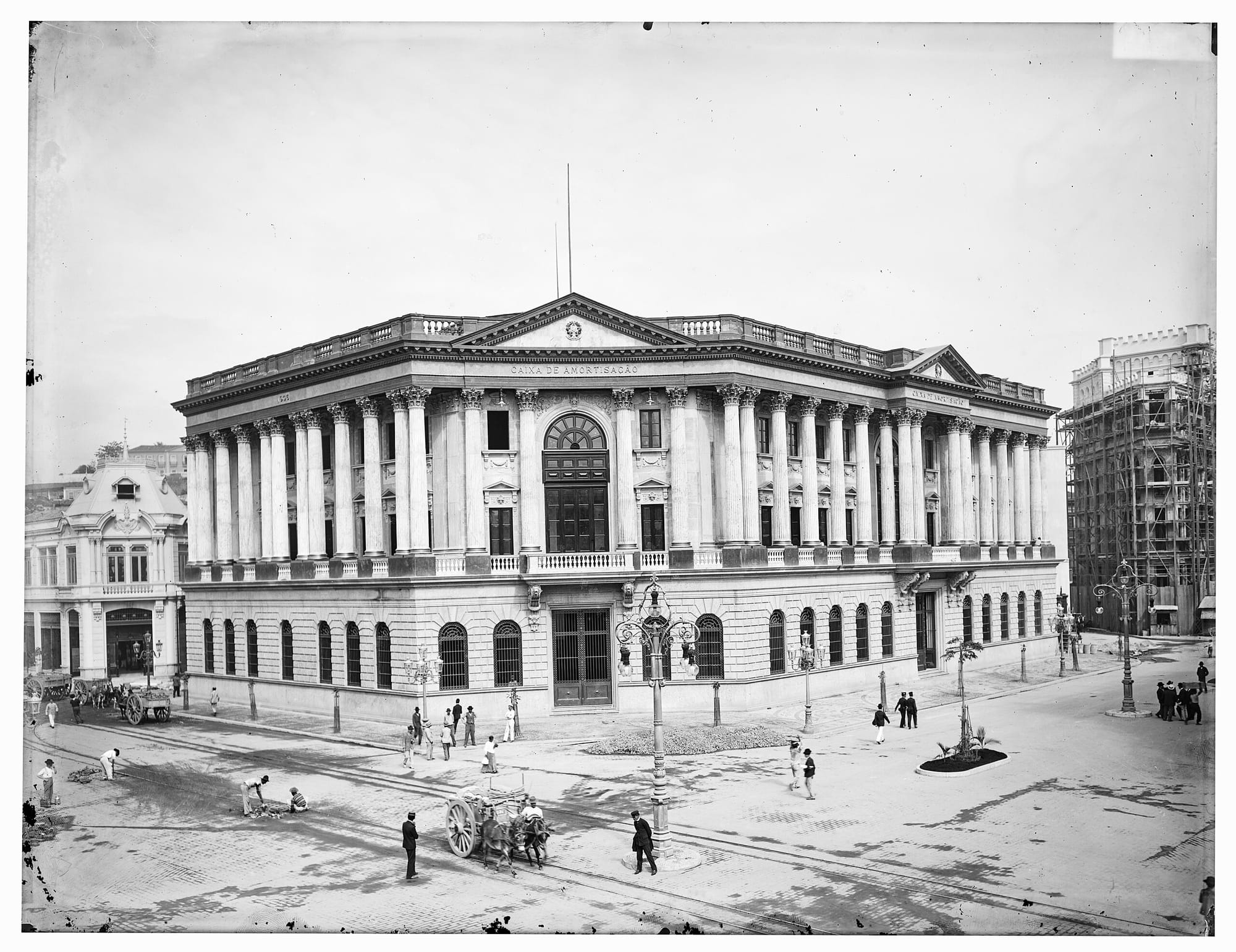
Customs records of building supply shipments, Boletim da Alfandega do Rio de Janeiro, Anno XIX - 1905, the Internet Archive | 1906, Marc Ferrez, Instituto Moreira Salles Collection, Wikimedia Commons | 1906, Marc Ferrez, Instituto Moreira Salles Collection, Wikimedia Commons
Avenida Central was renamed Avenida Rio Branco in 1912, after Brazilian statesman José Paranhos, the Baron of Rio Branco. Weirdly, it looks like the Caixa de Amortização didn’t completely move into the building the 1940s, even though it was built for them. The building was first used by the Caixa de Conversão (1906-1913), the Caixa de Estabilização (1926-1930), and the Treasury Department of the Finance Ministry (1934-1943).
The 1960s were a period of major change in Brazilian government, with the capital moving from Rio de Janeiro to Brasília—change that would also claim the Caixa de Amortização. After 150 years as an independent institution, the Caixa was subsumed into the new Central Bank of Brazil in 1967.
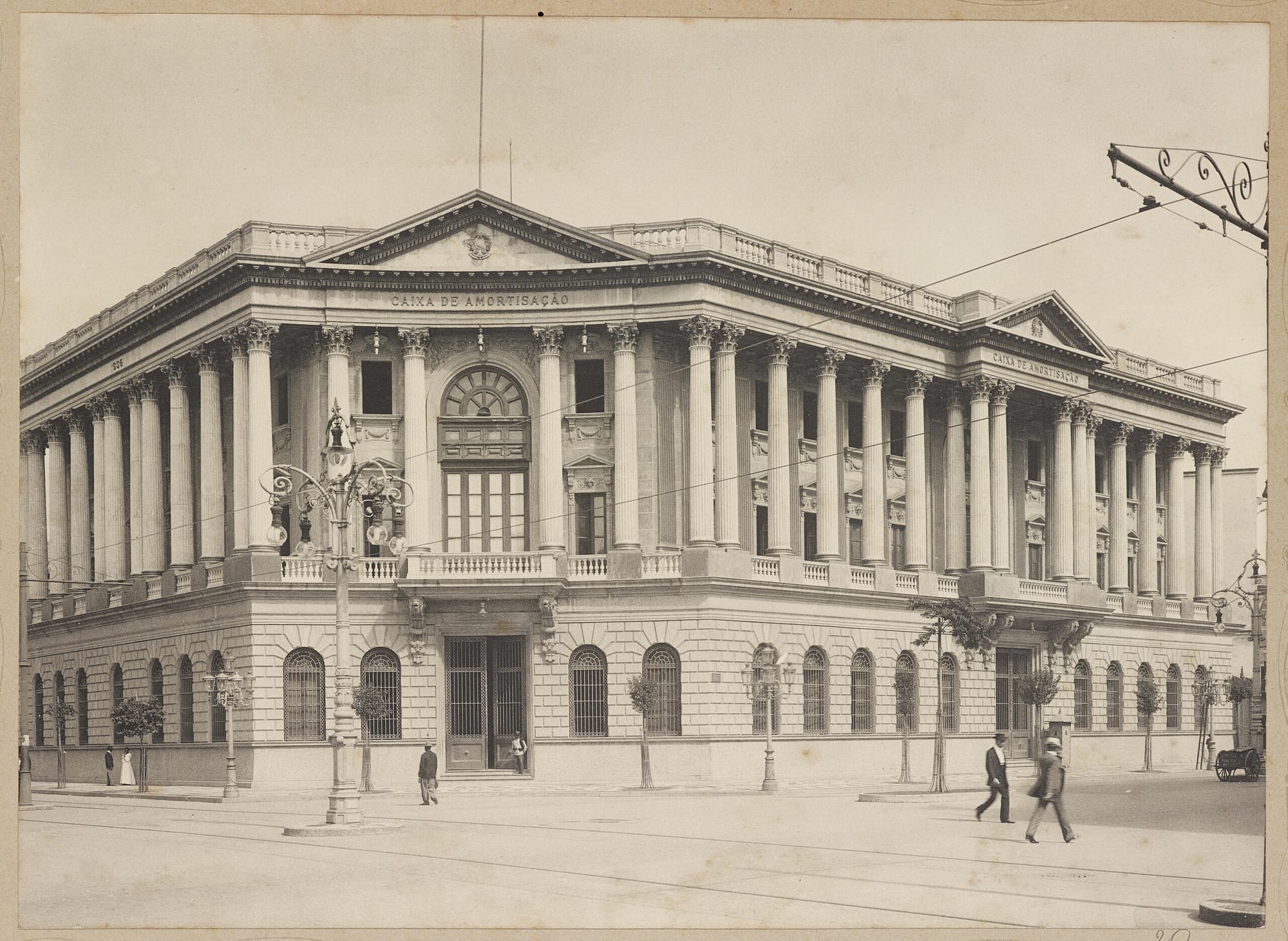
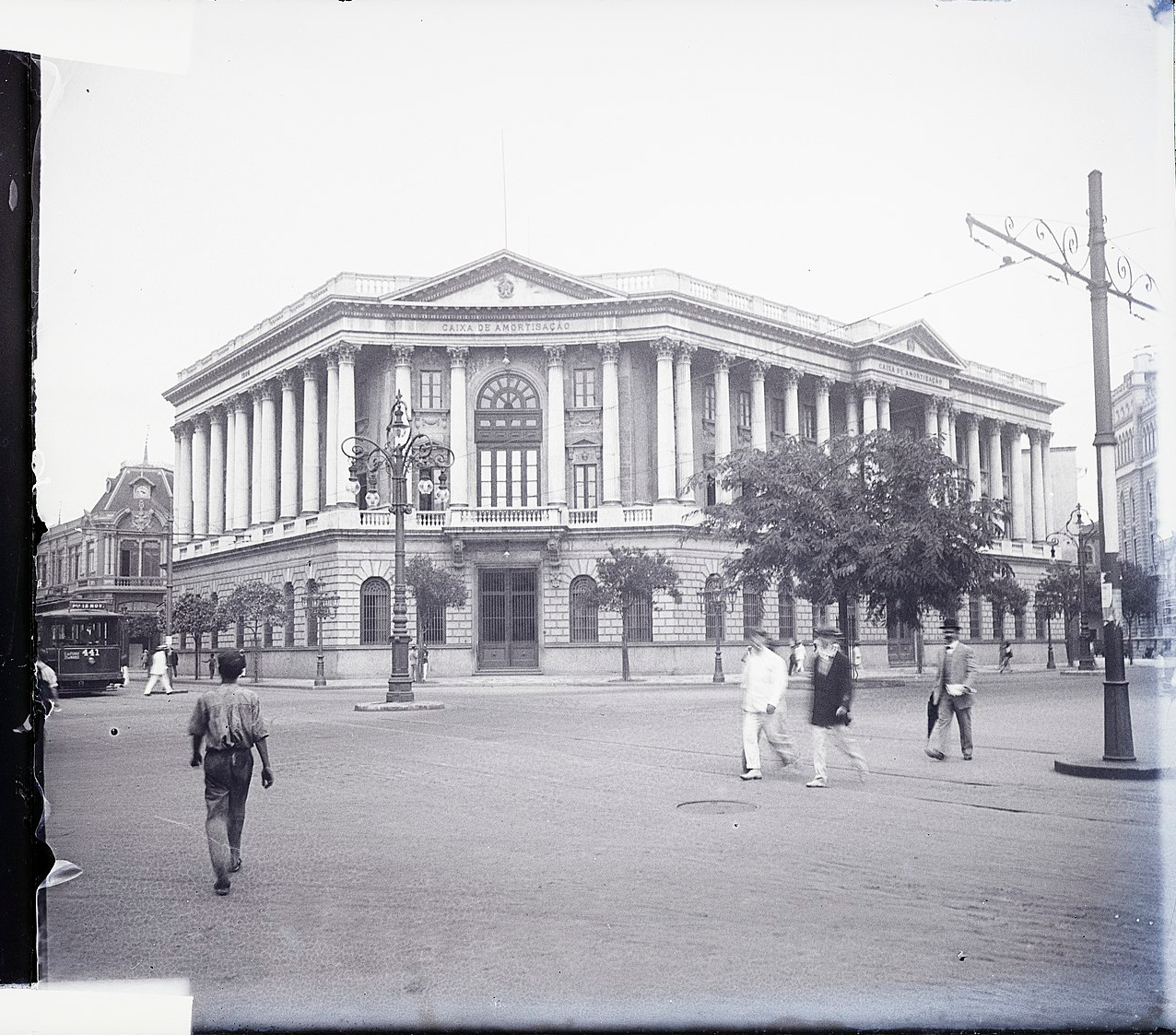
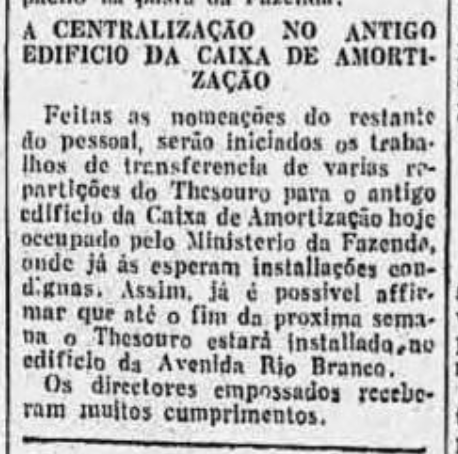
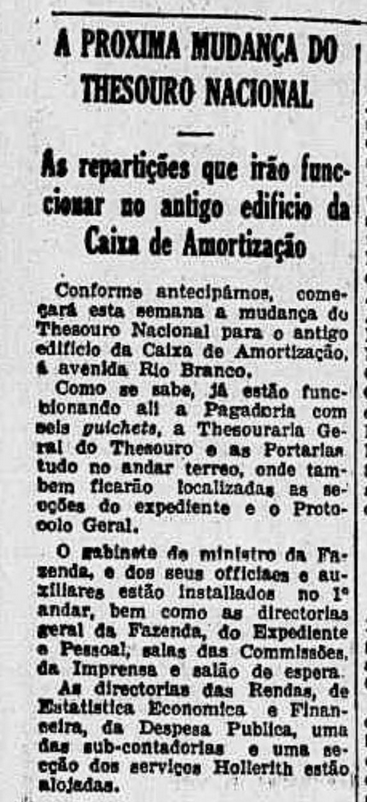
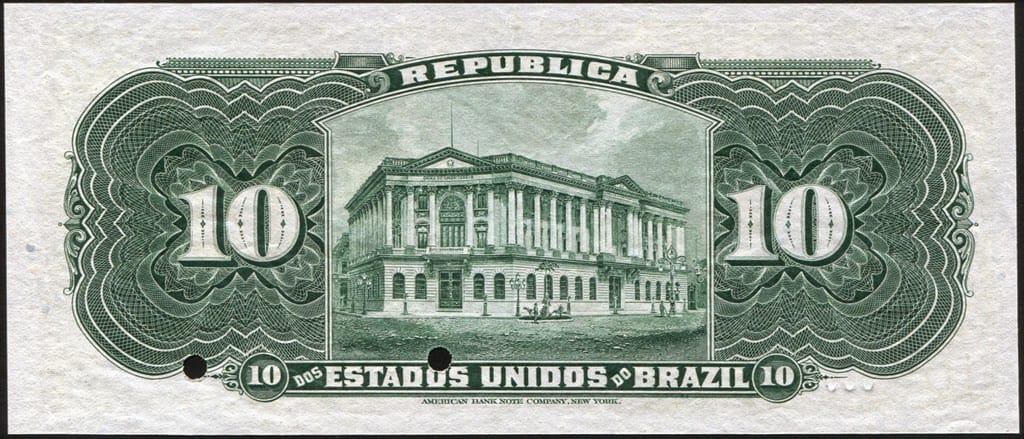
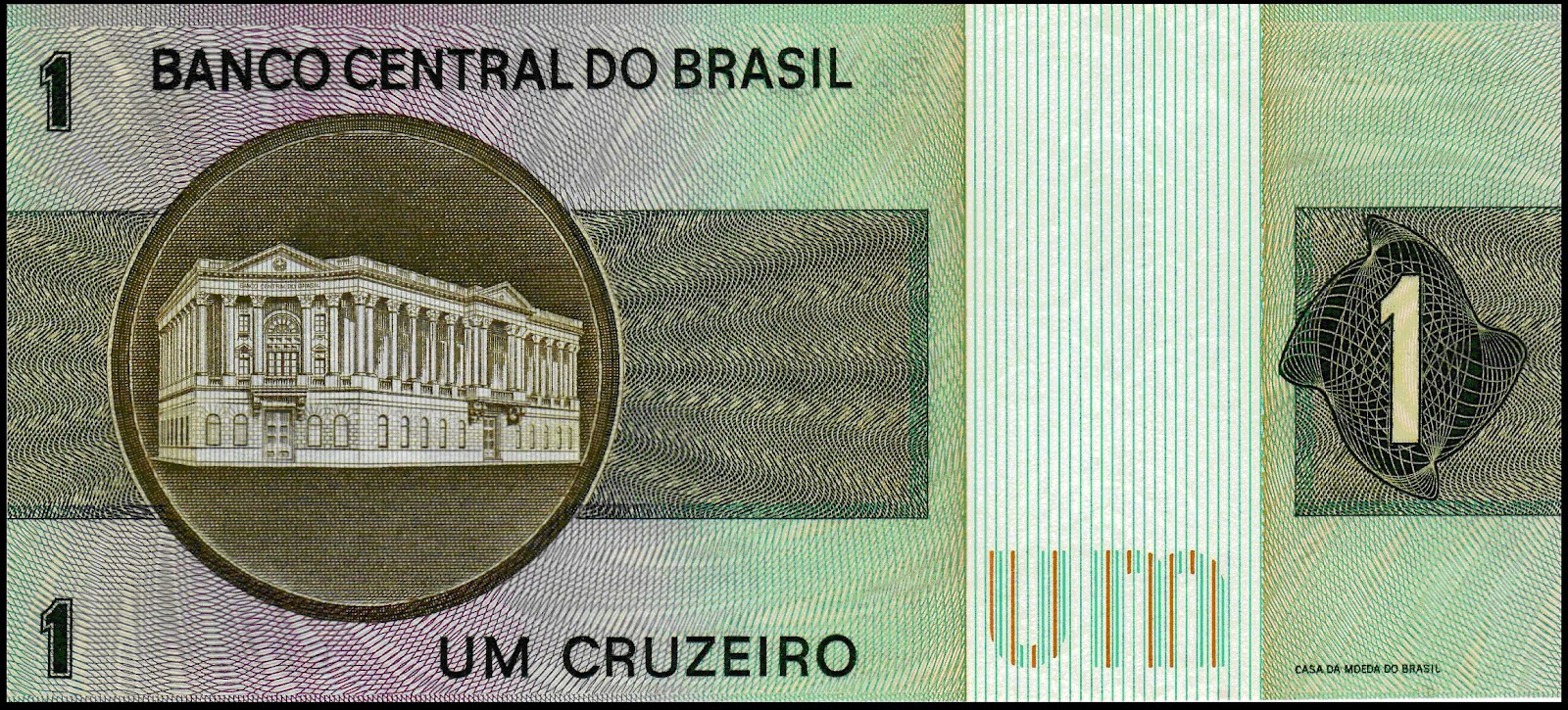
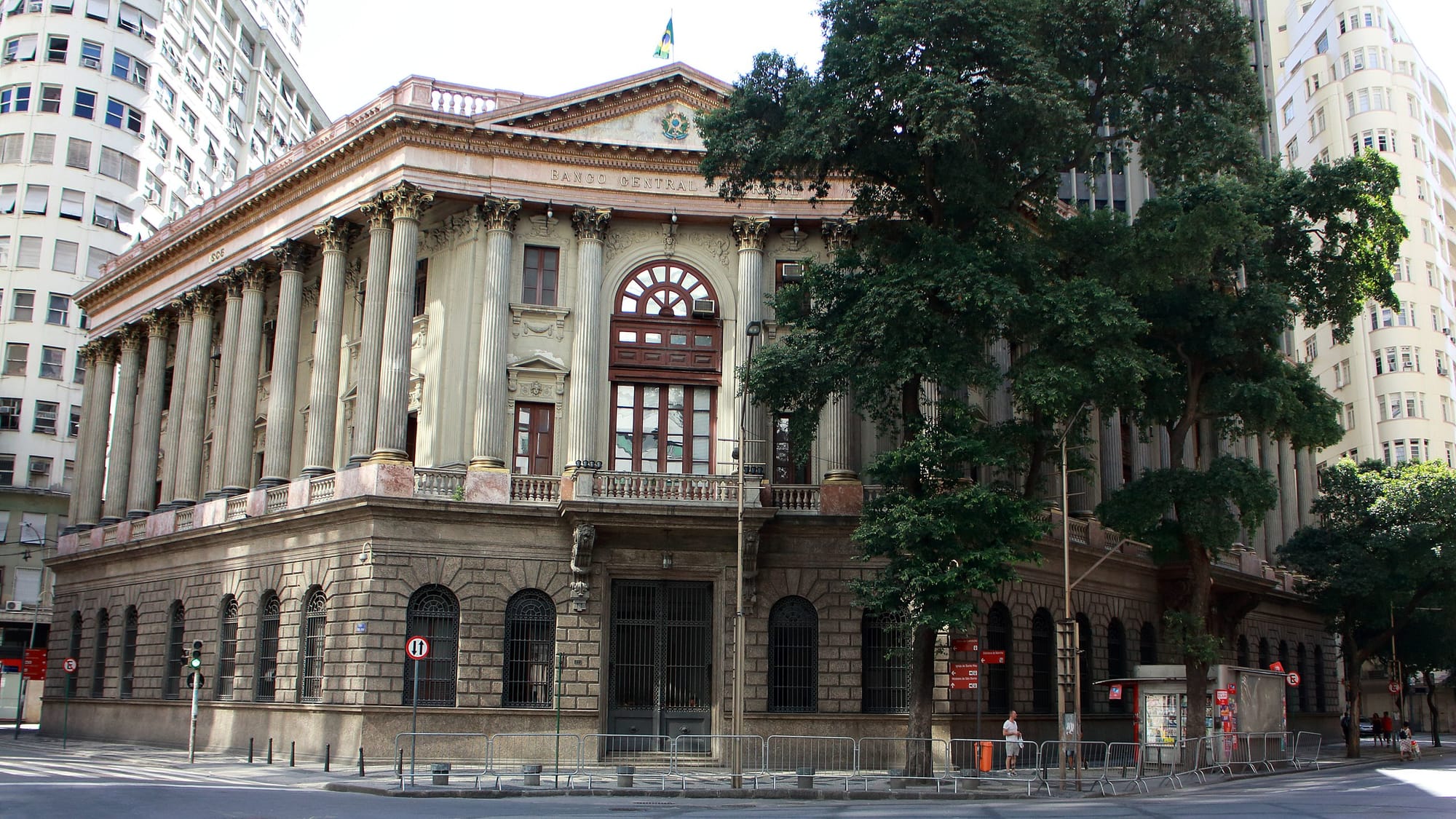
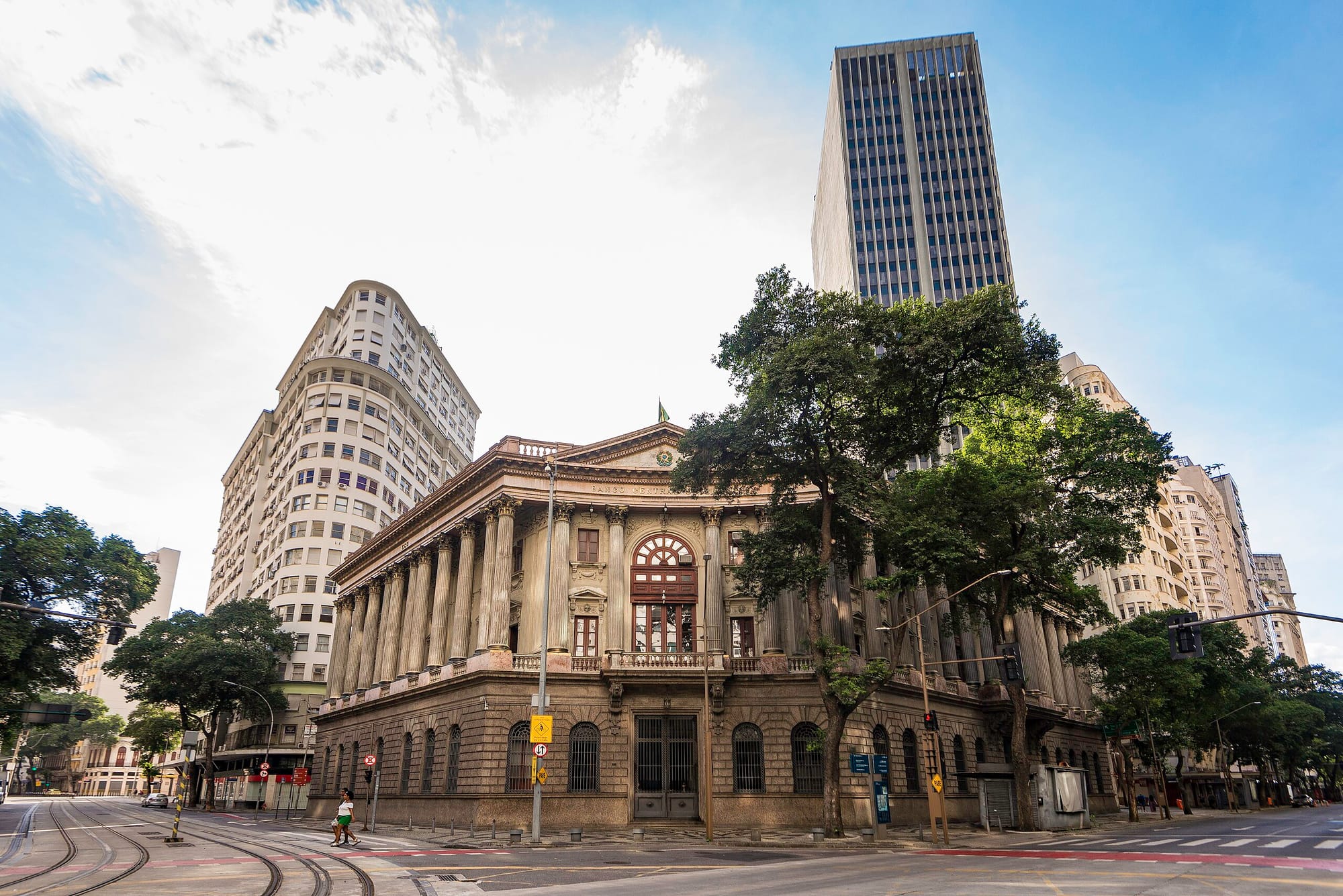
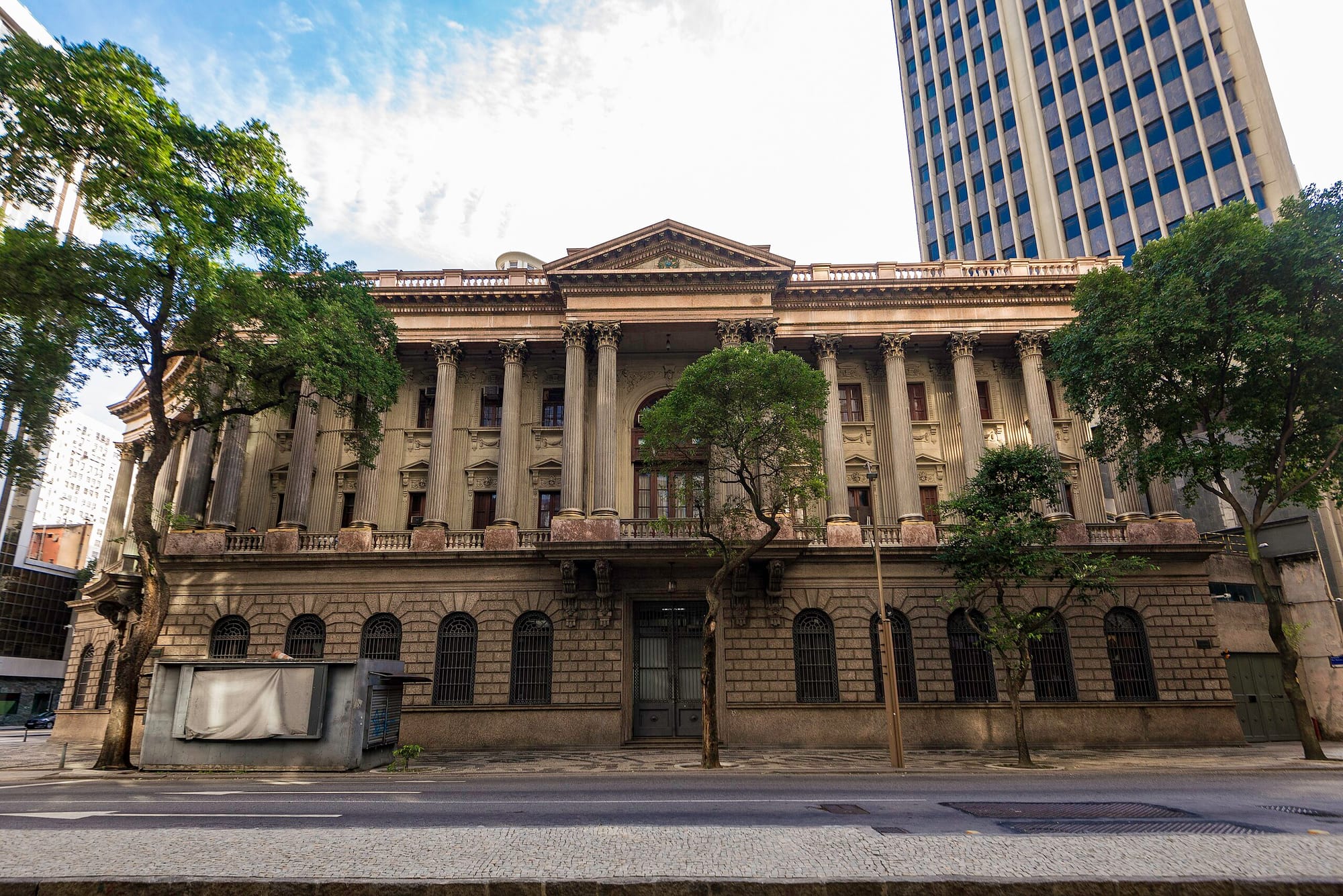
Luís Musso, Instituto Moreira Salles Collection, Wikimedia Commons | 1910s, Marc Ferrez, Instituto Moreira Salles Collection, Wikimedia Commons | O Jornal, May 19, 1934, the Internet Archive | Correio da Manhã, July 5, 1934, the Internet Archive | 1907-1911 bank note | 1970s bank note | 2014, Halley Pacheco de Oliveira, Wikimedia Commons | 2023, Donatas Dabravolskas, Wikimedia Commons
Restored in 2006 in connection with the building’s centenary, today the building houses the Central Bank’s Departamento do Meio Circulante—the Department of Circulating Currency—whose mission is to ensure an adequate supply of banknotes and coins throughout Brazil.
Production Files
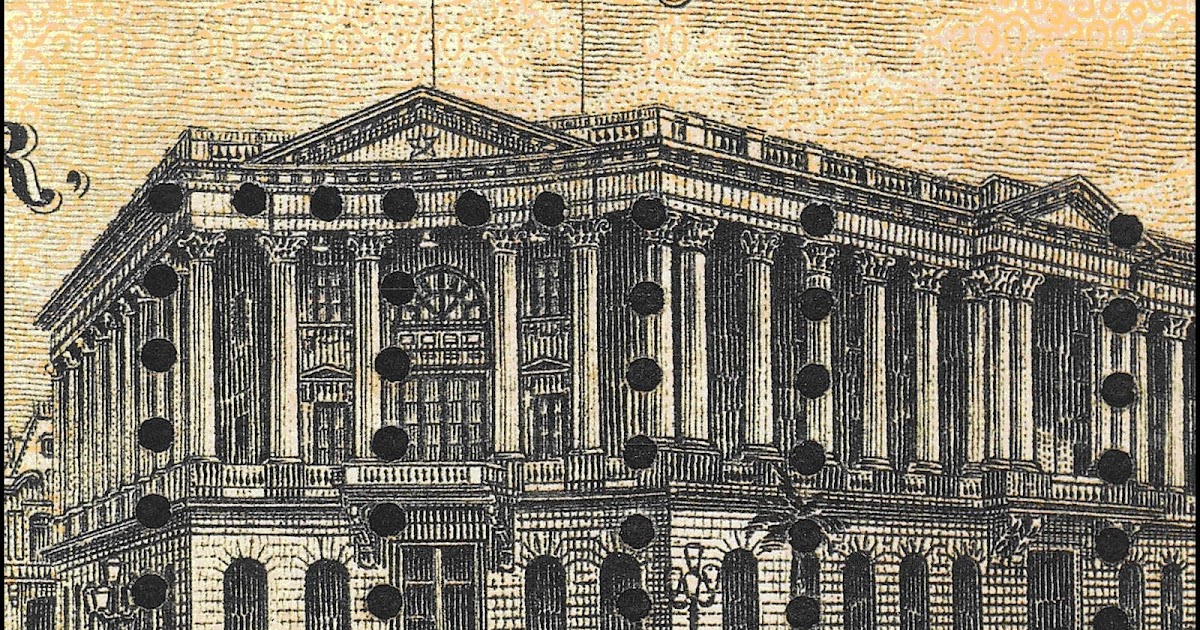
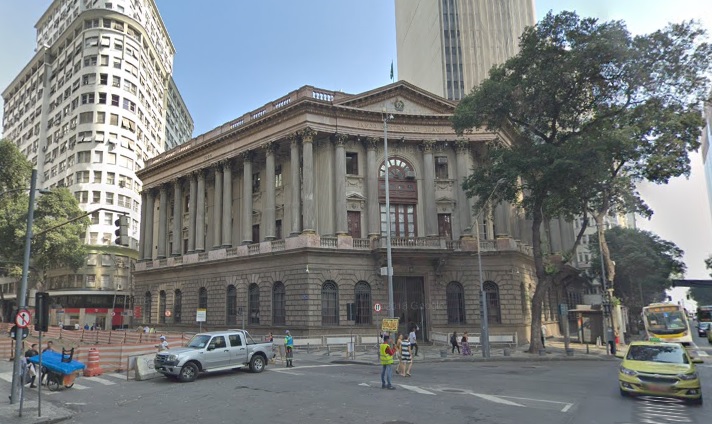
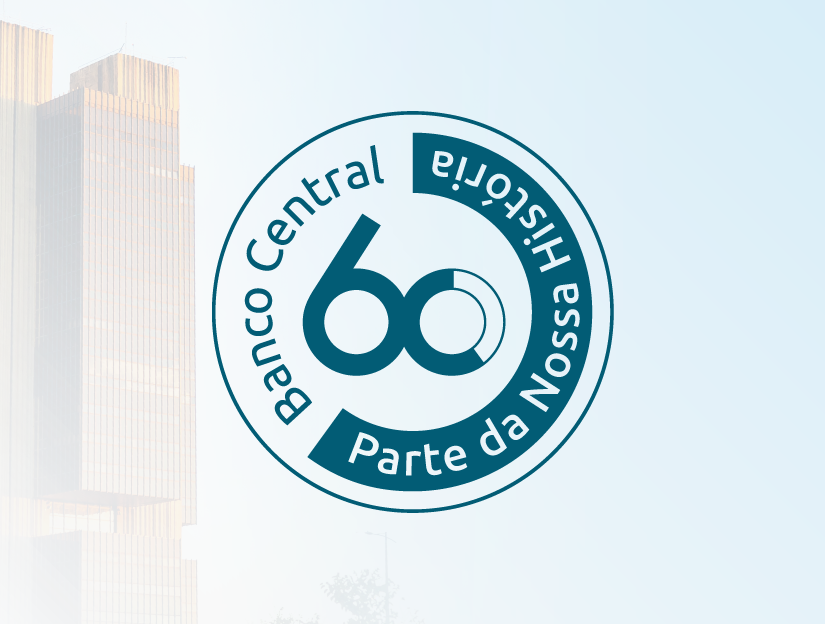
- Centenário do Prédio do Meio Circulante 1906-2006. Banco Central do Brasil
- MultiRio: A Avenida Central
- A Construção da Imagem Representativa da Avenida Central: Rio de Janeiro 1902-1906 by Felipe Augusto Barbosa Teixeira
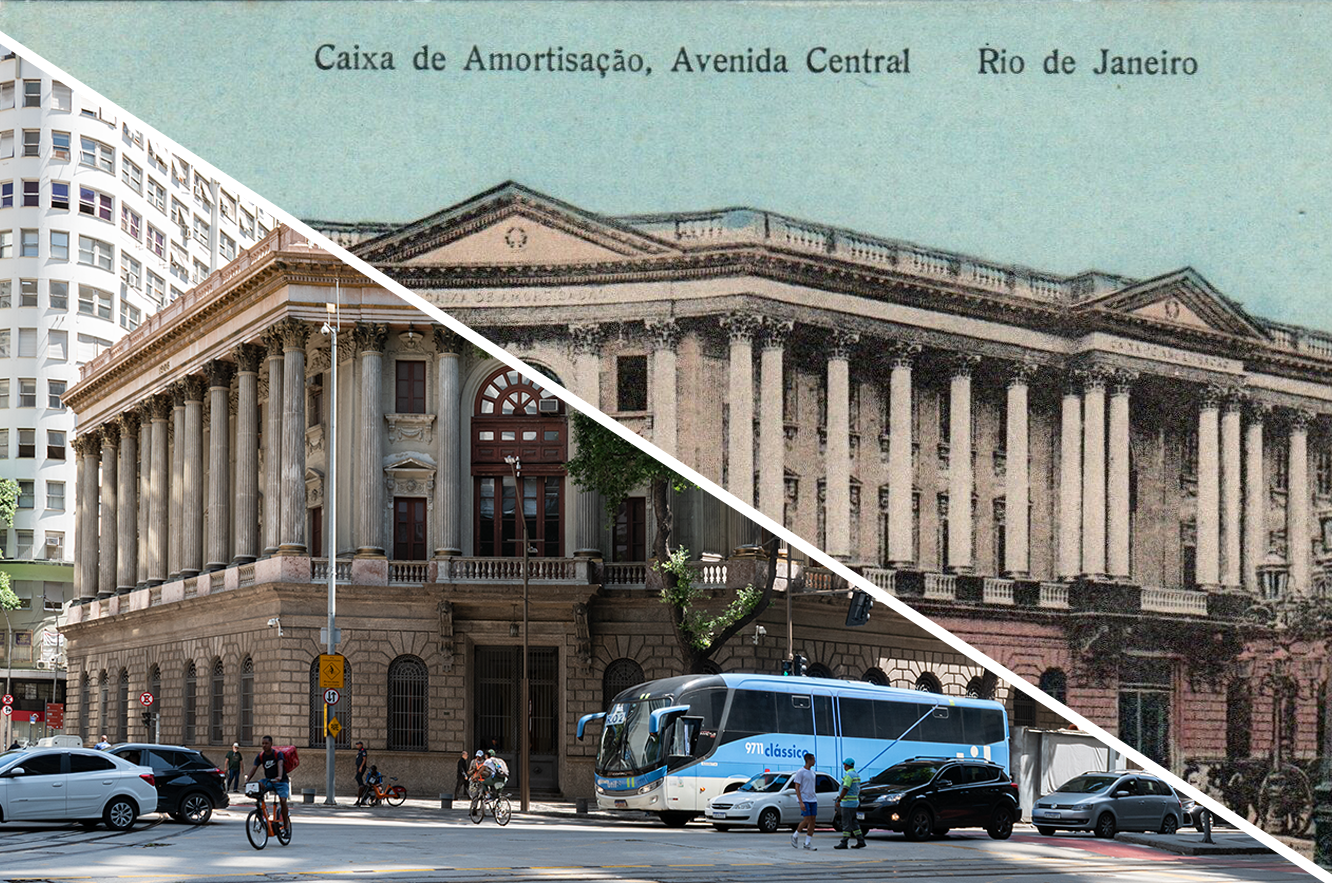



Member discussion: